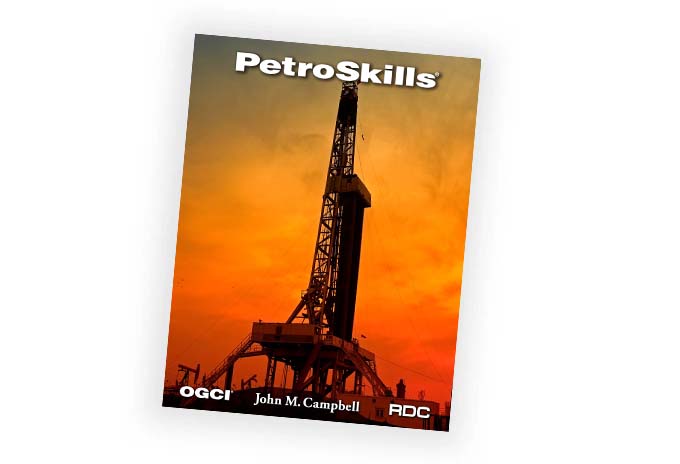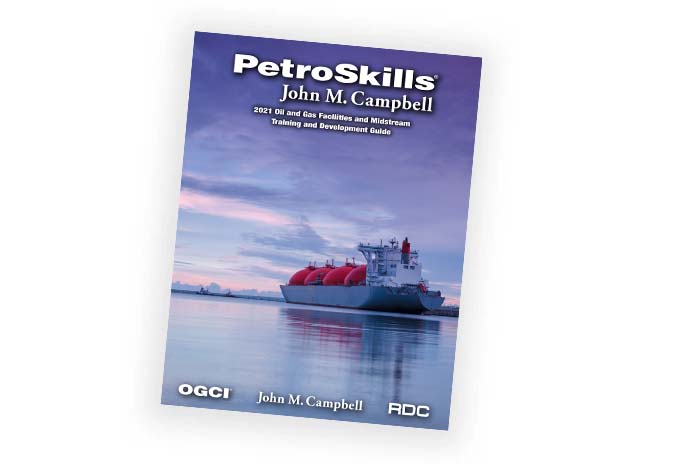Relief and Flare Systems - PF-44
About the Course
This intensive course provides a comprehensive overview of relief and flare systems for oil and gas processing facilities. The course begins with the need for pressure control/overpressure protection, continues with the key engineering and design aspects including code considerations, and concludes with selecting and sizing the components of a relief and flare system. The material of the course is applicable to onshore field production facilities, pipelines, gas plants, terminals, refineries, and offshore production facilities. The use of dynamic simulations for relief load determination is discussed and demonstrated.
"I enjoyed the level of detail and knowledge the instructor went into and the course problems have given me confidence in application. Lots of good discussion on case studies and experiences round the room." - Participant, United Kingdom
Target Audience
Engineers responsible for designing, operating, and maintaining relief and flare systems in oil and gas facilities.You Will Learn
- Codes and Standards used in relief systems
- Ways to mitigate relief, such as HIPPS
- How to define the possible relief scenarios and calculate their relief loads
- Commonly used pressure relieving devices, and how to size them
- How to calculate relief valve inlet losses
- How to fix relief valve excessive inlet losses
- How to size relief valve outlet piping and flare headers
- How to calculate relief valve backpressure
- How to size flare knockout drums
- How to calculate flare stack height based on radiation limits
- About flare gas recovery systems
- Flare ignition systems that are available
- Advantages of using dynamic simulation for calculating relief loads
Course Content
- Overview of typical relief and flare systems and key components
- Codes and standards as well as good practices typical in oil and gas facilities
- Safety implications and causes of overpressure
- Overpressure protection philosophy including source isolation and relief
- Determination of relief requirements and defining set point pressures
- Types, applications, and sizing of common relief devices
- Blowdown/depressurizing - purpose and design/operational considerations
- Design and specification considerations for relief valves and header systems, including fluid characteristics, services conditions, material selection, and header sizing
- Environmental considerations
- Radiation calculations and the impact of flare tip design
- Selection and sizing of key components: knockout and seal drums, vent/flare stack, vent/flare tips, and flare ignition systems
- Defining need and quantity of purge gas
- Flare gas recovery, smokeless flaring, and purge gas conservation
- Operational and troubleshooting tips
- The use of dynamic simulations to determine relief loads
Product Details
Categories:
Midstream, DownstreamDisciplines:
Process Facilities RefiningLevels:
IntermediateProduct Type:
CourseFormats Available:
In-Classroom VirtualAdditional
Request a Public Session
If you are interested in a public session of this course, please click the button below to request it.
Request Public SessionIn-House Training
This course is also available upon request as a private, on-site seminar. Contact us for details and pricing.
Request In-House TrainingNeed Help
Contact us if you have additional questions about how to register for or attend this course.
Contact Us



